FS Colour Series: Mocha Mousse Inspired by Edouard Vuillard’s Hushed Tones
The French intimist painter Edouard Vuillard made a career out of observing the quietest and most intimate moments of his life, which he painted with soft, warm hues like Mocha Mousse, a subtle beige tinged with hints of dusty rose. Sometimes he highlighted these hues with vivid accents of bright colour, creating a dazzling visual contrast. His paintings convey the people he was close to enjoying moments of introspective solitude; we see them reading, sewing, or gazing into the distance in ornately decorated interiors or domestic gardens. Vuillard’s expressive brushstrokes give these scenes a hazy, hushed softness, one which is echoed in the comforting, mellow tones that so often provided him with the ideal backdrop.
Vuillard was born in 1868 to a soldier-turned tax collector and dressmaker in Cuiseaux, in the Bourgogne region of France. When he was 10 years old the family moved to Paris, and Vuillard remained here for the rest of his life. He studied at the Lycee Condorcet, followed by the Academie Julian, and later the Ecole des Beaux-Arts. As a young artist, Vuillard apprenticed with several leading artists including Diogne Maillart and Pierre Bonnard; it was with the latter mentor that he went on to found Les Nabis, an avant-garde group who aimed to fuse elements of form, colour, and emotion in their art.
In his early years Vuillard worked across disciplines, experimenting with theatre set and costume design, and developed an aptitude for photography, which became an inspiration for many of his paintings. But as his work matured, Vuillard settled into an intimist style, focussing on affectionate domestic scenes adorned with intricate patterns, loose, expressive brushmarks, and flattened abstracted shapes. He made many of his drawings and paintings on millboard, a stiff variant of cardboard, and left elements of the cardboard’s rustic brown still visible in the final work to lend it an earthy, warm hue.
In the Room, 1899, painted in oil on millboard, centres around a limited palette of subtle, close tones in brown, beige, grey and green. Together they capture the soft light of a quiet domestic scene, populated by a small gathering of people around a table. In the distance, the brown hues are punctuated by accents of bright white which beam in from the windows, leaving thin slivers of cast light here and there throughout the room.
Vuillard lives with his mother for most of his adult life, and she frequented many of his paintings, often surrounded by mounds of ornately patterned fabric as she carried out her work as a dressmaker. The swift and expressive Madame Vuillard in the living room, rue de Calais, 1908, depicts her in a striped red-and-white dress, her small frame engulfed by a dizzying array of streaks and patterns. Warm, rose-tinted beige forms a calm and comforting backdrop, capturing the artist’s familiarity with these surroundings, overlaid with washes and streaks in vivid hues that become the colourful fabric within Vuillard and his mother’s home.
In the later painting Young Woman Reading, 1916, Vuillard’s subject sits hunched over a book, while soft shades of caramel brown envelop her in hushed silence. The pinkish tinge of Mocha Mousse can be seen in small accents here and there that bring touches of deeper warmth; her clasped hands, the striped rug on the floor, and in tiny hints of the outside world barely seen through the window, covered by an intricate lace curtain.
The pastel drawing In Front of the Billiards Table, 1932-38 is sketched out onto paper that already has a warm pink beige tone, which the artist leaves blank to become the quiet backdrop for accents of vivid colour and signs of life, showcasing the artist’s concise ability to blend soft, subtle undertones with striking accents of brightness.


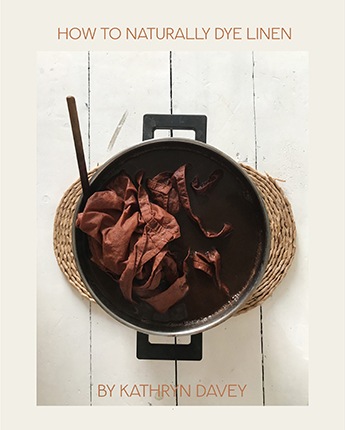
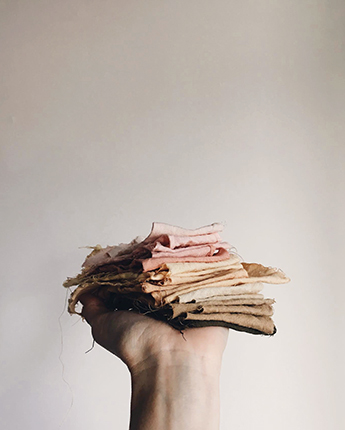

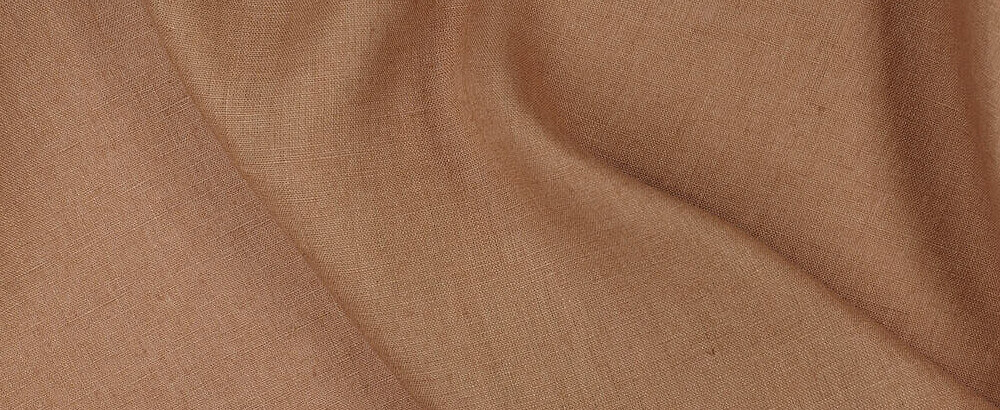
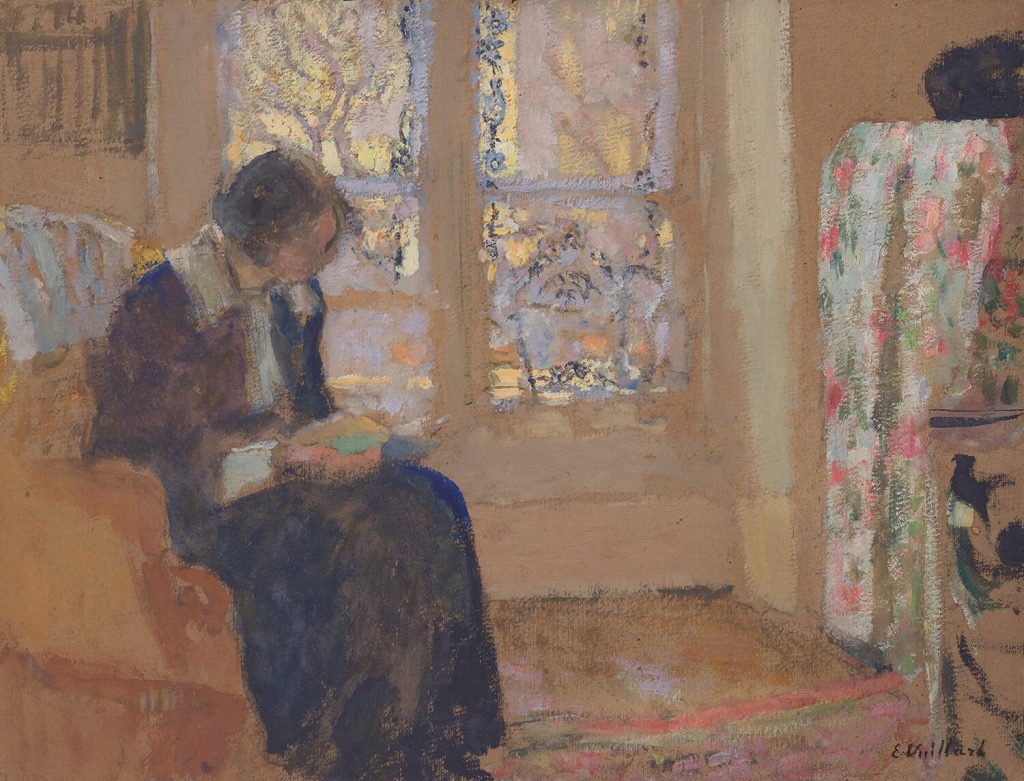
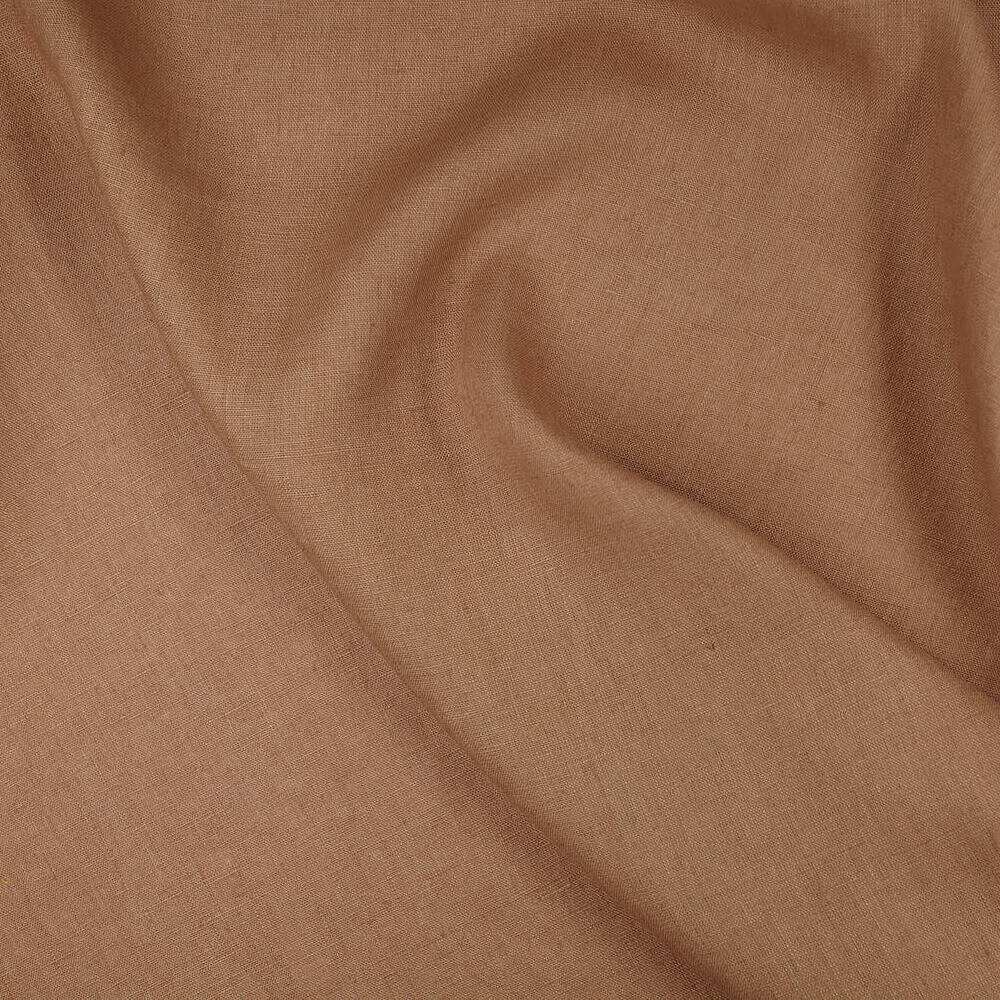
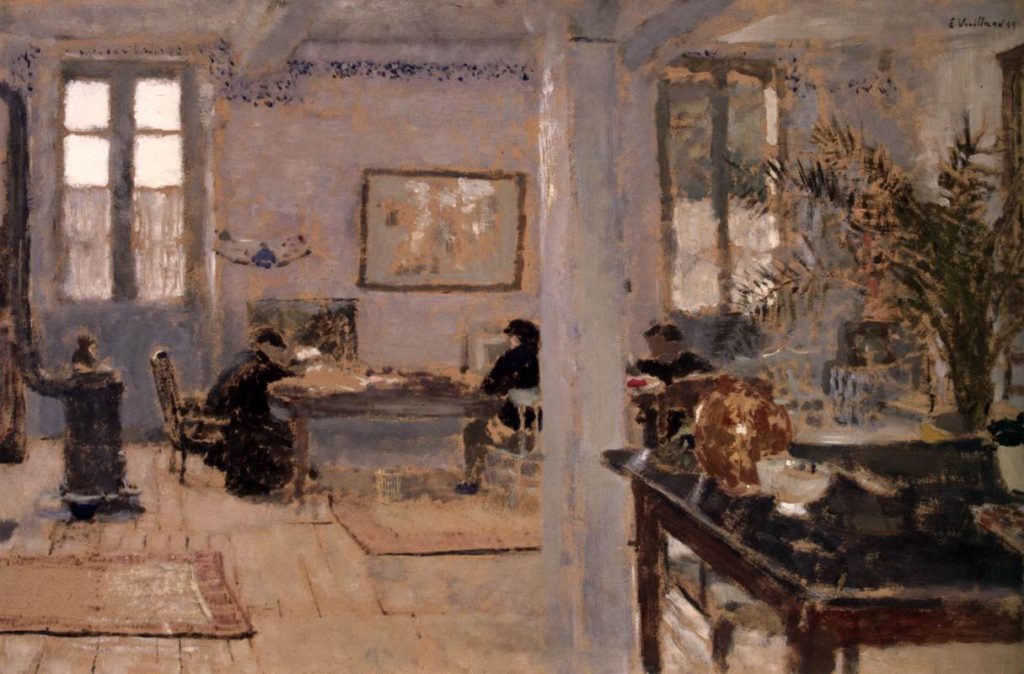
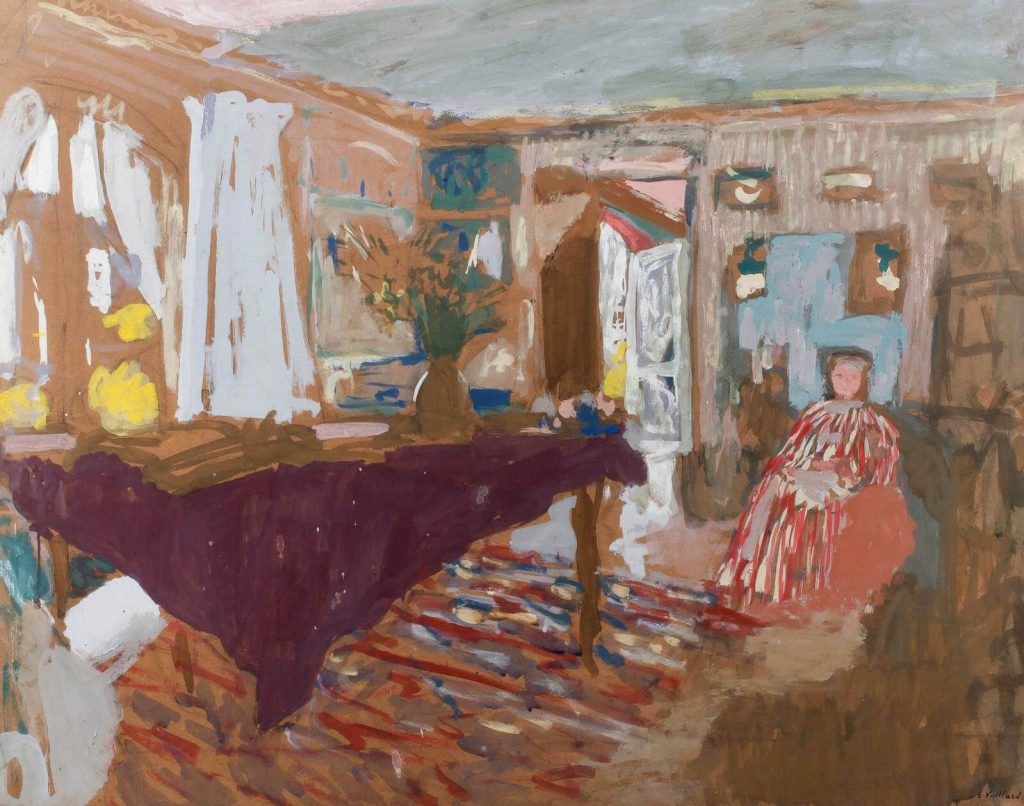
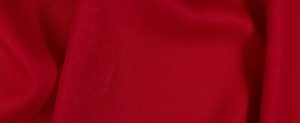
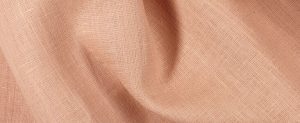

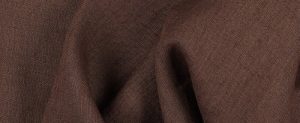
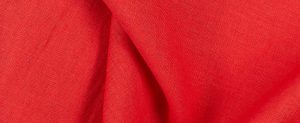




































Leave a comment